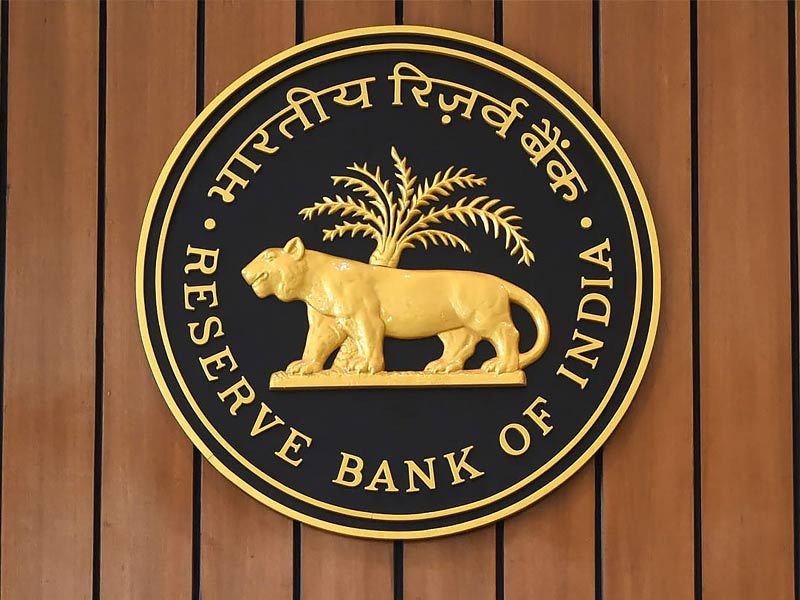According to Reserve Bank of India Deputy Governor Michael Patra, India is on track to have a $5 trillion economy by 2027 and there are currently no obvious indicators of overheating.
Patra made this statement in a lecture he recently gave in Cambodia.
According to Patra’s remarks in the speech made public by the RBI on Thursday, bank credit is closely watched as a primary signal of overheating.
Our analysis, which is based on a variety of methodologies, shows that present rates of credit expansion do not lead to the emergence of systemic stress; nonetheless, warning signs start to appear in the Indian setting at growth rates of 16–18%.

According to the most recent RBI data, Indian bank loans increased 19.8% from a year ago in the two weeks ending on August 25.
This rise has been accelerated by the merger of HDFC Bank Ltd. and HDFC Ltd., the two biggest banks in India, which went into effect on July 1.
According to Patra, the average net interest margin in the banking sector is 3.8%, which is below the 5% cutoff. Beyond that point, it might affect the stability of the financial system.
Also, Read Dubai’s Palm Island: Indians Buying 10X Expensive Homes
According to the deputy governor, retail loans are driving the present episode of bank credit expansion, and because they are dispersed throughout a larger borrower base, they reduce the buildup of systemic risk.

We are cautious, he added because bank herding in the retail lending market could result in cascading effects that could affect the entire system.

























